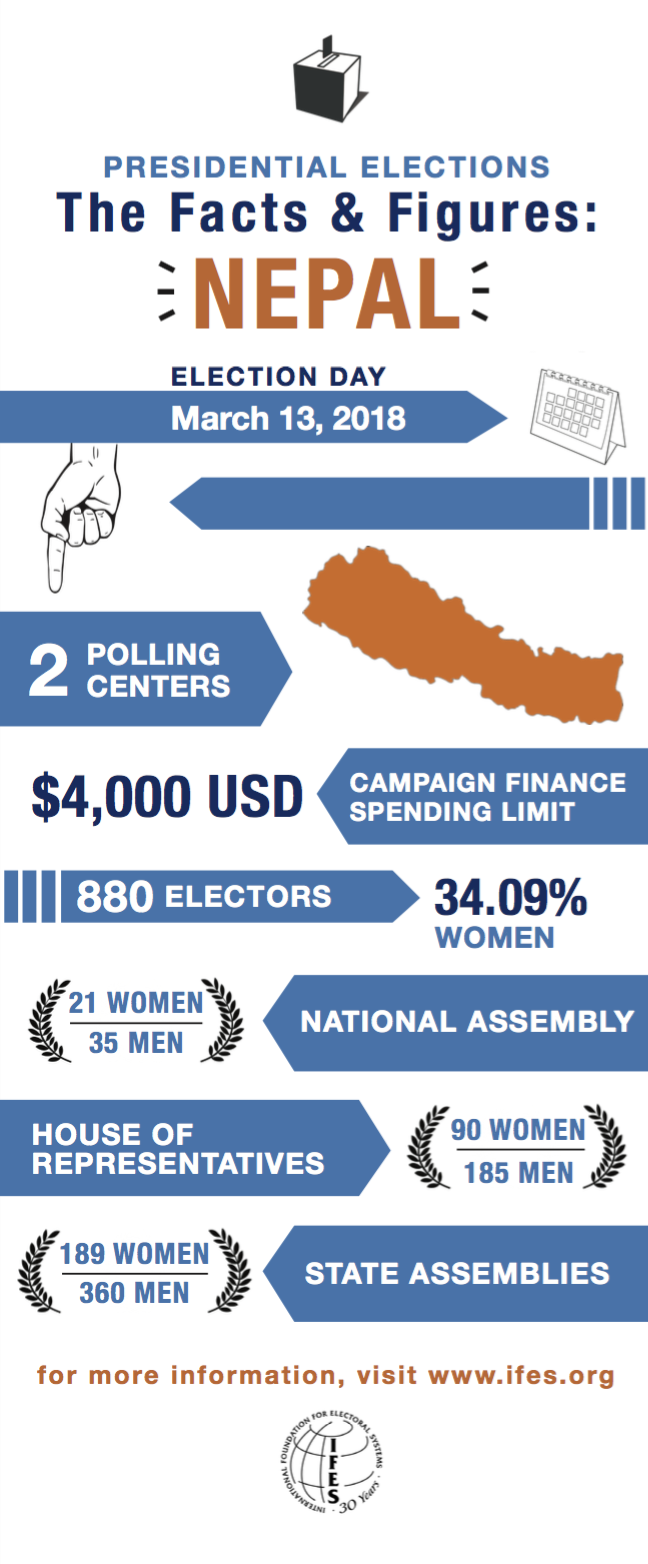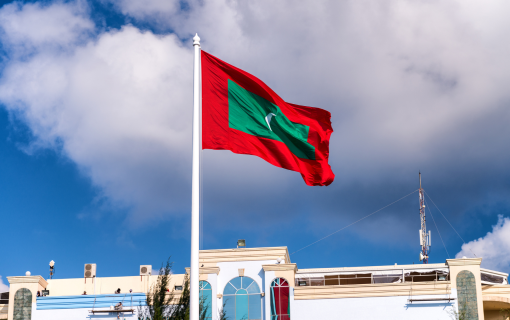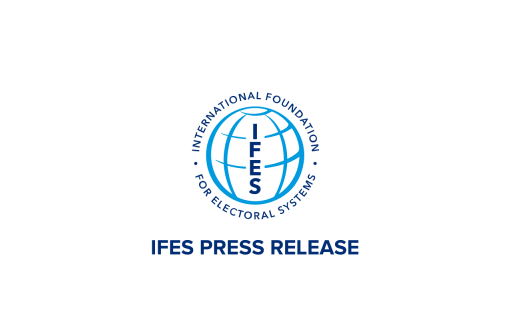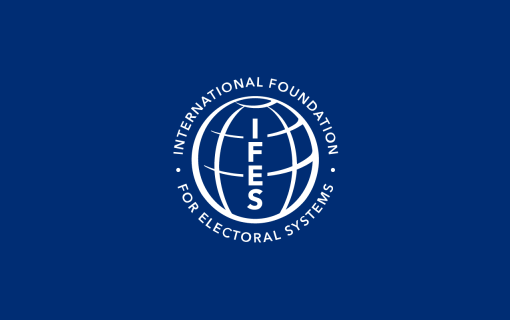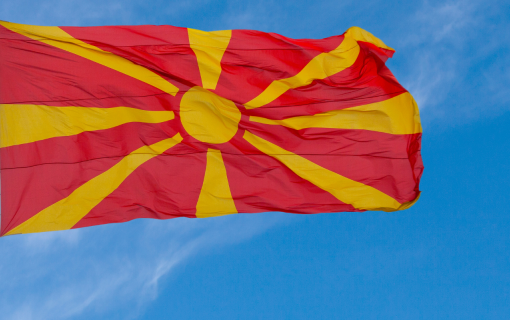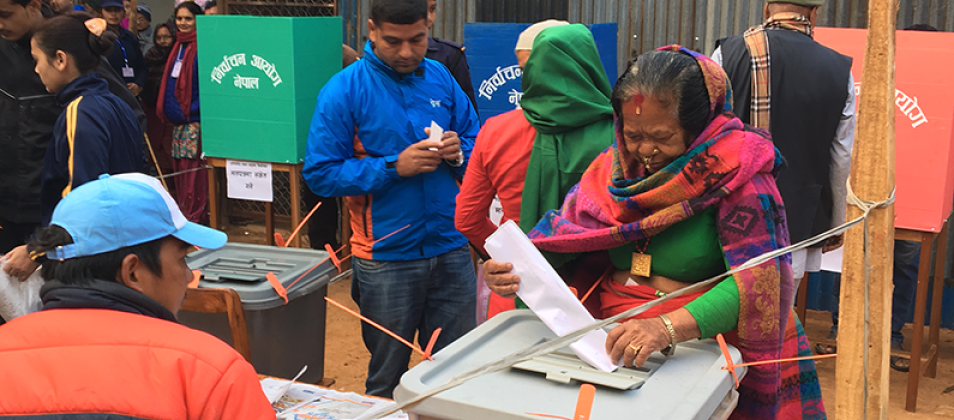
Elections in Nepal: 2018 Presidential Elections
Elections for the president of Nepal will take place on March 13, with elections for vice president expected shortly after the announcement of presidential results. The vice president can only be elected after a winner is declared in the presidential election due to the constitutional requirement that the president and vice president represent different sexes or ethnic communities.
The promulgation of Nepal's constitution in 2015 initiated Nepal's transition to a federal republic comprised of local, state, and federal governments. Elections for the 753 local-level governments, seven state assemblies and the House of Representatives (the lower house of the Federal Parliament) were completed in 2017, and the election of a National Assembly (the upper house of the Federal Parliament) was completed in February 2018. The elections for president and vice president mark the final electoral event in Nepal’s post-constitutional transition.
To help you understand this important electoral process, the International Foundation for Electoral Systems (IFES) provides Frequently Asked Questions (FAQs) on Elections in Nepal: 2018 Presidential Elections. IFES FAQs include:
- What is the political climate and why are these elections important?
- What is the role of the president and vice president?
- Who can vote in these elections?
- What is the election management body? What are its powers?




